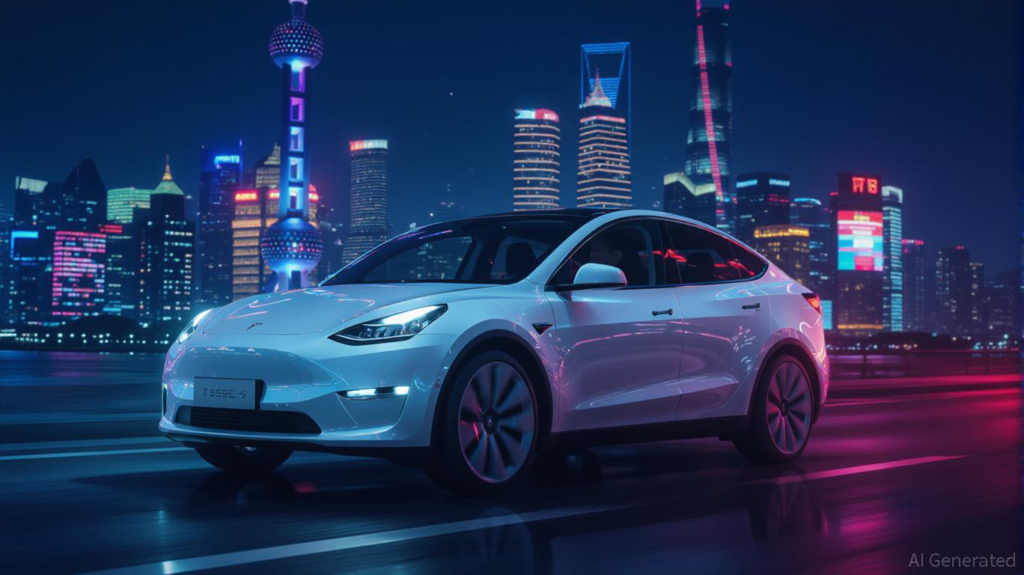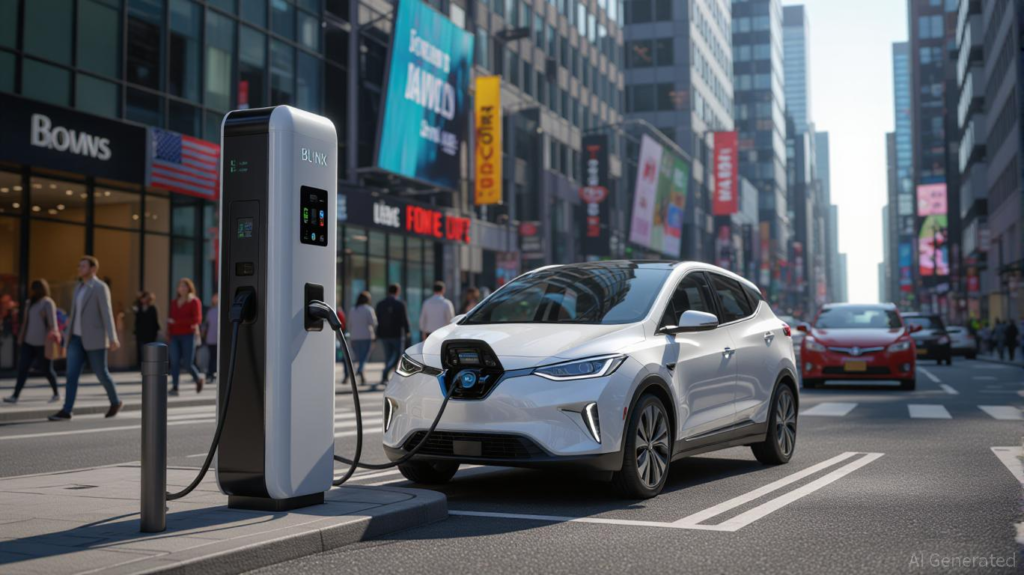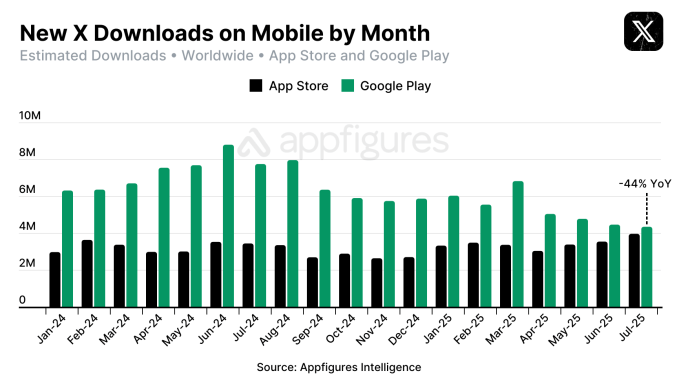I carry a lot of different phones around, and I rarely get questions about them because most people stopped talking about which phone they own around 2017. I could be using an unreleased iPhone 18 Pro Max Air Ultra to pay for my coffee and nobody would raise an eyebrow (present company excepted, of course). To the majority, a phone is a phone; no matter who makes it or what software it runs, they’re all roughly the same size and shape. Unless that phone happens to be a flip phone.
Flip phones attract attention from the kind of people who have seen every type of phone in existence, which makes sense: they’re very obviously different. During the rise of the smartphone, there was a time when manufacturers tried a lot of other form factors. Physical keyboards, swiveling screens, pop-up cameras — anything was fair game. But over the past decade, the industry converged around one design to rule them all: the form factor that we now know as the slab phone. And it remained more or less unchallenged until Samsung started folding screens in half.
Before the new flip phones, book-style foldables came first. And Samsung’s debut effort was kind of a fiasco. Within days of receiving review units, testers started experiencing problems with the inner screen. The Verge’s own Dieter Bohn was one of them; he noticed a small bulge in the inner screen along the crease, as if a very small particle was pressing up into the screen from inside the hinge. Something similar happened to CNBC’s review unit.
Elsewhere, creators and reviewers at other outlets experienced similarly catastrophic screen deaths by peeling up the factory-installed protector on the inner screen, which was meant to stay permanently adhered. If this was not obvious to people who look at phones all day, you can be damn sure it wouldn’t have been obvious to the average phone user. Even though dust wasn’t the confirmed offender here — and Samsung clearly had more than one kind of problem on its hands — the message was clear: the inner screen of a folding phone was just one wrong move away from failure.
The first modern flip phones weren’t exactly bangers, either. Motorola’s revived Razr kind of sucked, and Samsung’s first Flip wasn’t much better, even though it was the first to offer a better-feeling glass folding screen rather than plastic. Both phones came with too many tradeoffs, too many durability concerns, and too high of a price to justify buying one for the novelty. But things changed when Motorola took a good look at its Razr design and said, “You know what? To hell with this. Big outer screen.”
The 2023 Motorola Razr Plus was the first flip-style phone that truly felt like something different. The outer 3.6-inch screen sounds tiny, and I guess it is tiny, but it was the biggest one offered on a flip phone at that point. And it made a difference. Instead of just triaging notifications, you could actually do things. Reply to texts, browse your Spotify library, even run full apps — so much more became possible. Samsung followed suit, and even though it took a couple of tries to get rid of the file-folder-shaped screen and embrace the full front panel, its flip phone became imminently more useful with a proper cover display. I love flip phones. Lots of you love flip phones, too.
Those little specks of dust still loom large. Despite substantial improvements to the screens and hinges, and the addition of water resistance, flip phones (and their fold-style siblings) still lack dust resistance. Both Motorola and Samsung’s latest foldables come with an IP48 rating, which only guarantees protection against very small particles, meaning anything smaller than a millimeter could still potentially work its way into the phone and wreak havoc.
Sure, plenty of people own folding phones and never experience problems with dust, which is great! But when every other slab-style phone at the same price point comes with a full IP68 rating, it’s hard to tell the average person to go ahead and spend $1,000 on a flip phone. Fun only goes so far.
I had a burning question for Samsung’s head of smartphone planning, Minseok Kang. Maybe it even bordered on a plea. “Is a dustproof foldable even possible?” I asked following Samsung’s most recent Unpacked. “I don’t think that it’s not possible,” he said. “But it is difficult.”
Whispers of foldables with the elusive IP68 rating have cropped up around most of the recent folding phone launches, ultimately fizzling when the full specs have been revealed. But the rumors are firing up again, suggesting that the Google Pixel 10 Pro might come with dust resistance. That, frankly, would rule. But I’ve gotten my hopes up one too many times this year, and I don’t have the energy to do it again, so I’ll consider it a nice surprise if it arrives with dust resistance. But I haven’t given up hope — I have it on good authority that it’s not impossible, after all.
- If you live outside the US, you have a bunch more flip phones to choose from. Oppo, Huawei, and Xiaomi sell flip-style foldables — just not on our shores.
- Samsung and Motorola have both expanded their flip phone portfolios this year. Motorola added a third high-end “Ultra” model, while Samsung recycled the previous generation’s Z Flip design into a lower-cost FE version this year. More models means a bigger spread in pricing, which ranges from $699 to $1,299.
- Nobody’s having more fun with the flip format than Motorola. Razr phones include preloaded games tailored to the outer screen, retro-inspired music for player themes, and a mode that mimics the classic Razr’s UI.
This is The Stepback, a weekly newsletter breaking down one essential story from the tech world. For more on all things phones and consumer tech, follow Allison Johnson. The Stepback arrives in our subscribers’ inboxes at 8AM ET. Opt in for The Stepback here.
- Allison Johnson
-
-
-
-
-







